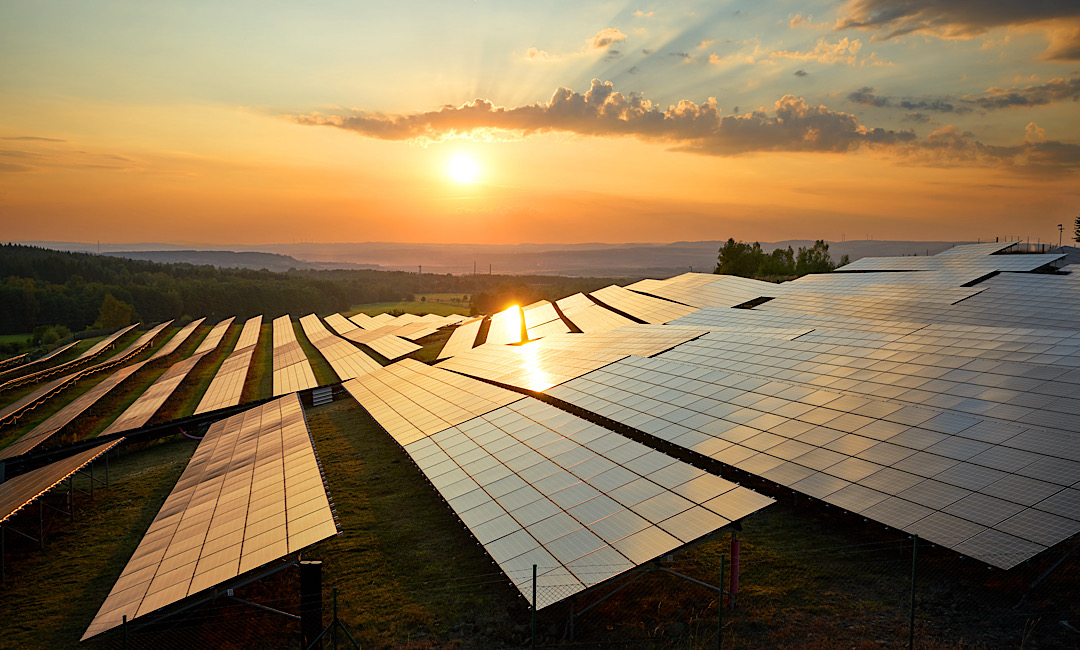Over the past decade, electricity rates in California have surged to historically high levels, leaving homeowners across the state frustrated and financially strained. For residents served by Pacific Gas & Electric (PG&E), the price of powering a home has increased so drastically that many are now exploring alternative energy solutions to escape utility dependency. At Sunlight Electrical Solutions, we help California homeowners take control of their energy future by leveraging solar technology to shield themselves from ongoing PG&E rate hikes. In this blog, we’ll take an in-depth, data-driven look at how much PG&E bills have increased, what’s driving the cost, and why solar energy isn’t just a good option—it’s a necessary one in 2025.
PG&E Electricity Rate Increases: A 10-Year Breakdown
Between 2014 and 2024, PG&E residential electricity rates have increased by over 92% according to data compiled by the California Public Utilities Commission (CPUC) and independent energy watchdog groups. In 2014, the average cost per kilowatt-hour (kWh) for PG&E’s Tier 1 residential customers was approximately $0.16/kWh. As of Q1 2024, the average prices were $0.42/kWh in January 2024—a staggering jump that continues to trend upward.
According to the U.S. Energy Information Administration (EIA), California’s average residential electricity rate is already 60% higher than the national average. While some increases are attributed to infrastructure improvements and wildfire mitigation efforts, much of the burden has been passed onto consumers. In fact, PG&E requested another $13.5 billion in rate hikes in 2023 alone to cover costs related to wildfire liability settlements, grid updates, and decarbonization goals.
Year-by-Year Estimated PG&E Rate Increases (Residential Tier 1):
| Year | Avg Rate (kWh) | Annual % Increase |
| 2014 | $0.16 | – |
| 2015 | $0.17 | +6% |
| 2016 | $0.18 | +5.8% |
| 2017 | $0.20 | +11% |
| 2018 | $0.21 | +5% |
| 2019 | $0.24 | +14% |
| 2020 | $0.26 | +8.3% |
| 2021 | $0.28 | +7.7% |
| 2022 | $0.29 | +3.5% |
| 2023 | $0.31 | +6.9% |
| 2024 | $0.40+ | Projected +5-8% |
“PG&E rates are now among the highest in the continental United States, and utility costs are increasing faster than wages or inflation.” — San Francisco Chronicle, 2024
What’s Fueling the Rise in PG&E Costs?
1. Wildfire Liability Costs
PG&E has paid billions in legal settlements and wildfire-related damage over the past five years. The Camp Fire in 2018, caused by PG&E equipment, led to $25 billion in claims. Much of this financial burden has been passed to customers via rate increases.
2. Grid Modernization and Hardening
To prevent future wildfires, PG&E is investing heavily in undergrounding power lines, modernizing grid infrastructure, and implementing advanced monitoring systems. While necessary, these upgrades are costly—and customers are footing the bill.
3. Regulatory Requirements
California’s push toward 100% renewable energy by 2045 means utilities must invest in new clean energy sources and phase out fossil fuels. These capital expenditures are partly recovered through customer billing.
4. Operating Inefficiencies
According to a 2023 report by the California State Auditor, PG&E continues to exhibit “persistent operational inefficiencies, delayed upgrades, and internal mismanagement.” These issues directly impact the cost of service delivery.
How Solar Power Shields You from Rate Hikes
With PG&E’s rates continuing to rise, solar energy is increasingly seen as a form of financial protection rather than just a green energy choice. Homeowners in California can now produce their own electricity, reduce or eliminate monthly bills, and lock in predictable energy costs.
Benefits of Solar Energy for PG&E Customers:
- Immediate Bill Reduction: Solar panels in conjunction with battery storage can offset up to 100% of your home’s energy needs, reducing your monthly PG&E bill.
- Protection from Future Rate Increases: Once installed, your solar energy cost is locked in—regardless of future PG&E hikes.
- Battery Storage = Total Independence: With solar battery storage, homeowners can store excess energy and use it during peak hours or outages.
- Increased Home Value: According to Zillow, homes with solar panels sell for 4.1% more than comparable homes without solar.
- Environmental Impact: The average solar system offsets 3-4 tons of CO₂ annually—equivalent to planting over 100 trees each year.
“Going solar in California today isn’t just about saving money—it’s about protecting your financial future.” — Sunlight Electrical Solutions
Net Energy Metering (NEM) and 2025 Updates
California’s shift from NEM 2.0 to NEM 3.0 in April 2023 significantly altered how solar customers are compensated for excess energy. Under NEM 3.0, export rates are lower and based on “avoided cost,” which means that stored energy and smart consumption habits are more valuable than ever.
Key Points:
- NEM 3.0 still allows energy savings, but homeowners must pair solar with batteries to maximize ROI.
- Export credits are now worth about 15-20% of the retail rate, compared to 80-100% under NEM 2.0.
- Solar + Storage customers see the highest returns by consuming more energy directly or storing it.
Financing Options:
- $0-down solar loans (we are a California Go Green Financing Contractor.)
- Solar leasing (PPA)
- Home equity financing
California Climate & Solar Efficiency: Why the Market Is Booming
California’s Mediterranean climate offers over 260 sunny days a year, making it one of the best states for solar energy production. PG&E’s territory spans many high-solar-yield regions including:
- Central Valley
- Bay Area Suburbs
- Inland Empire
- Sacramento Metro
- San Joaquin Valley
With sunlight abundance and rising rates, California homeowners are increasingly adopting solar as a necessity—not a luxury.
“With the right system design and financing, solar can now outperform traditional utility costs in almost every ZIP code served by PG&E.” — California Solar & Storage Association (CALSSA)
PG&E will likely continue raising rates to recover from liabilities and meet state mandates—but homeowners don’t have to remain vulnerable. Installing solar now gives you a decade or more of predictable, reduced energy costs, even as PG&E rates continue their relentless climb.
If you’re tired of rising energy bills and want to regain control over your home’s power, Sunlight Electrical Solutions is ready to help. Our team offers complimentary solar evaluations, complete system designs, and best-in-class battery integration tailored to your home’s needs. Act now and take the first step toward real energy independence.
Sources
California Public Utilities Commission – PG&E Rate Information
U.S. Energy Information Administration – California Electricity Data
San Francisco Chronicle – PG&E Bills Soar 2024 Coverage
California State Auditor – PG&E Oversight Reports
California Solar & Storage Association (CALSSA)
Zillow – Solar Adds Home Value







